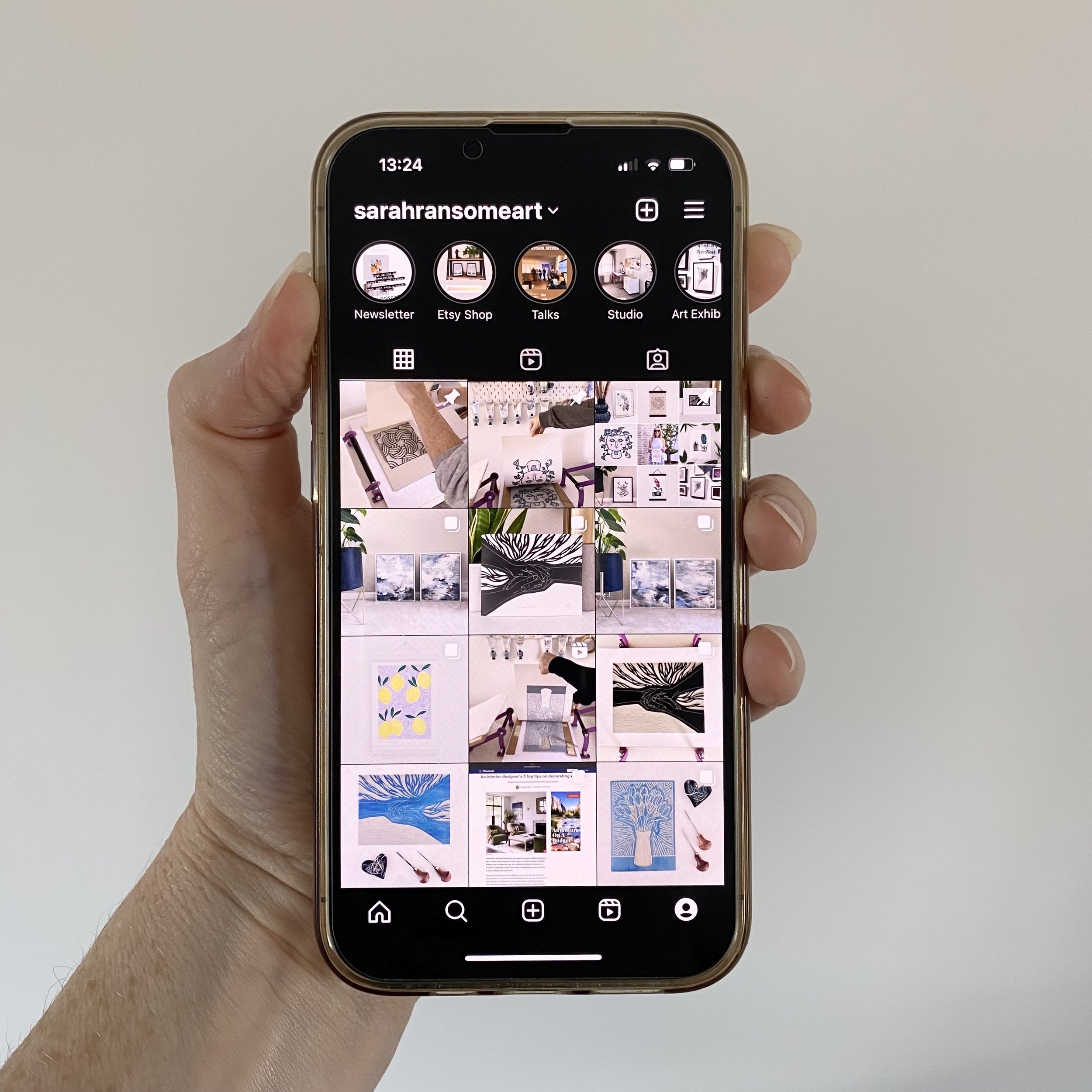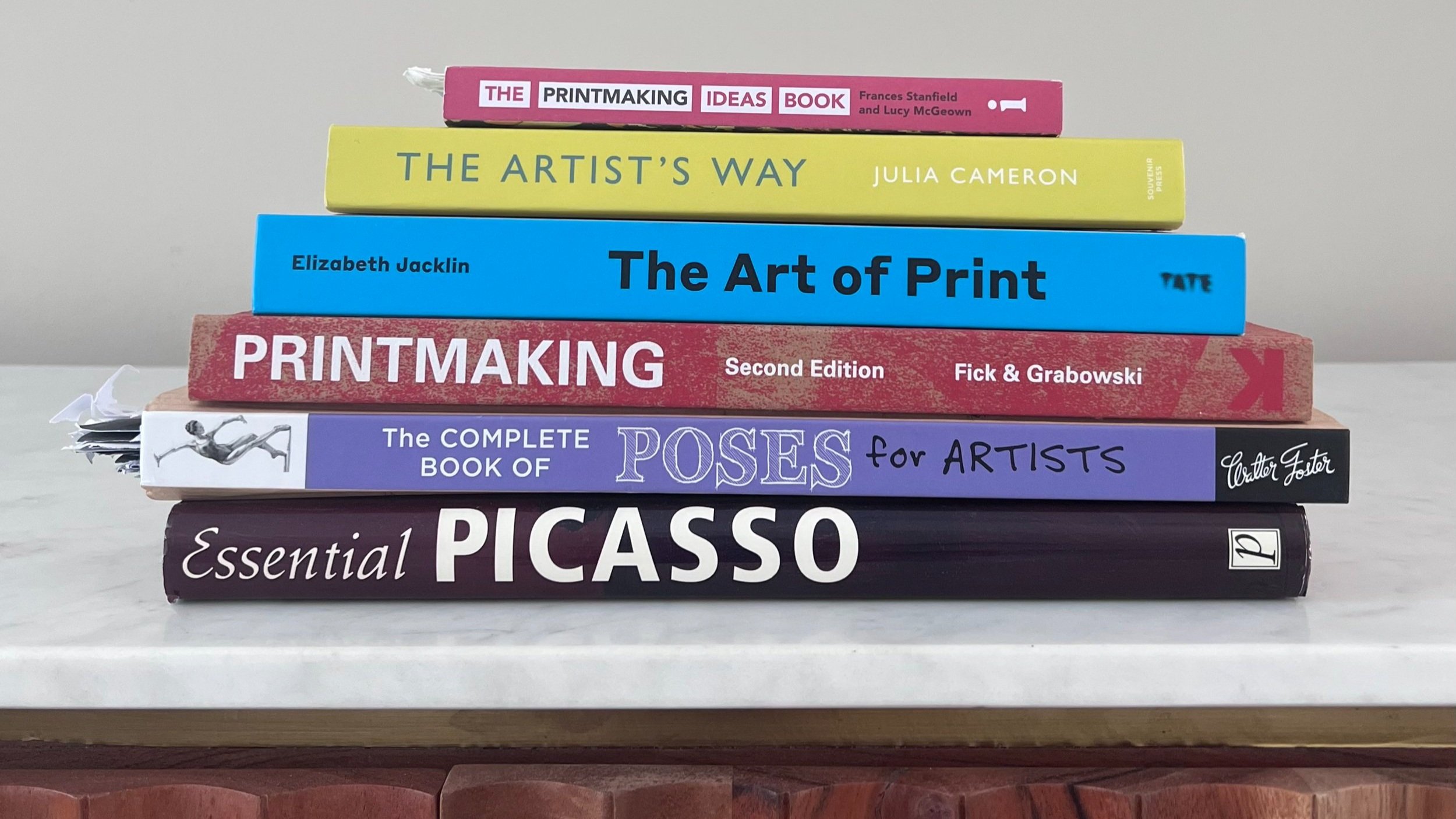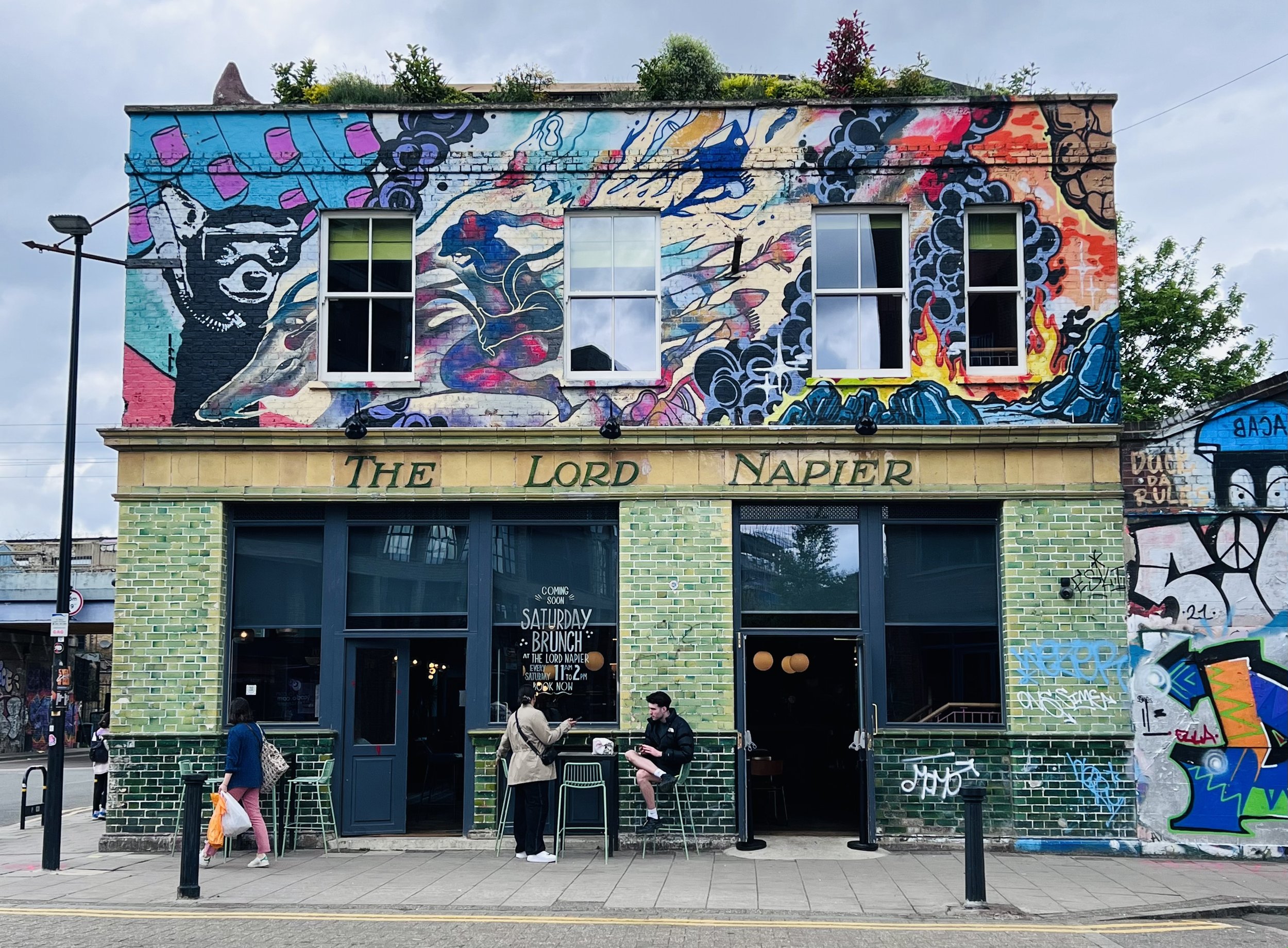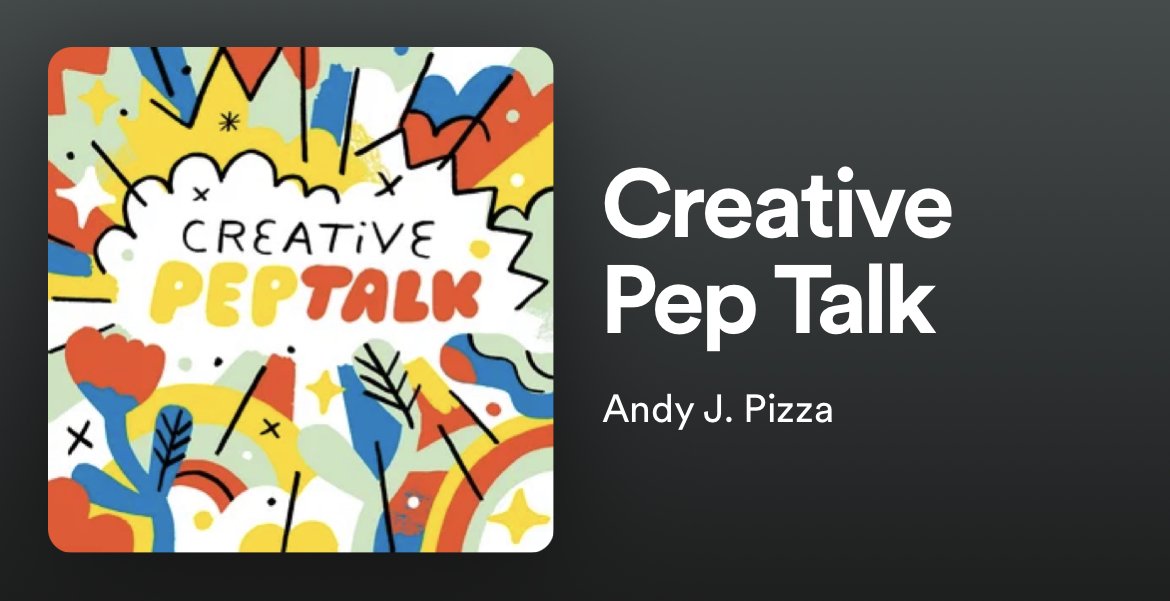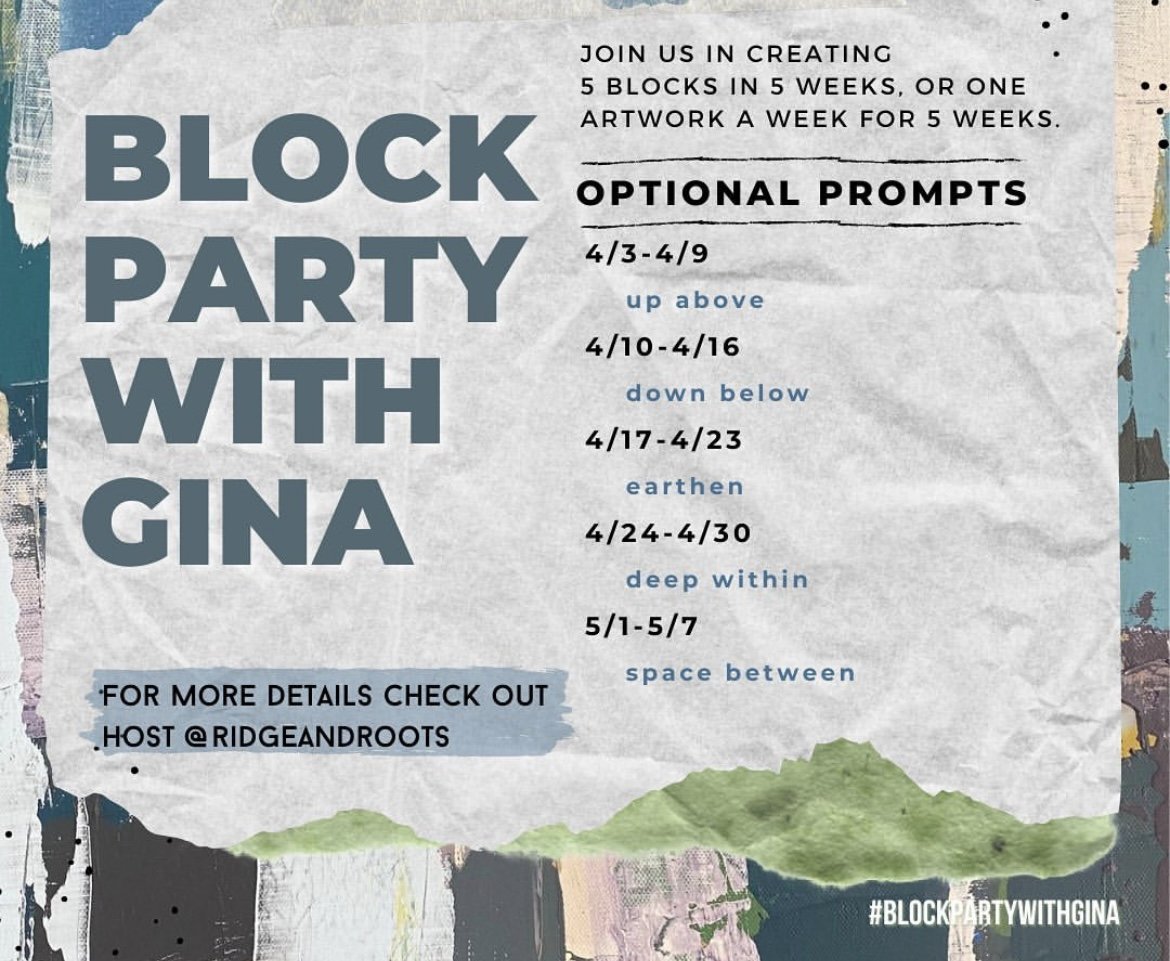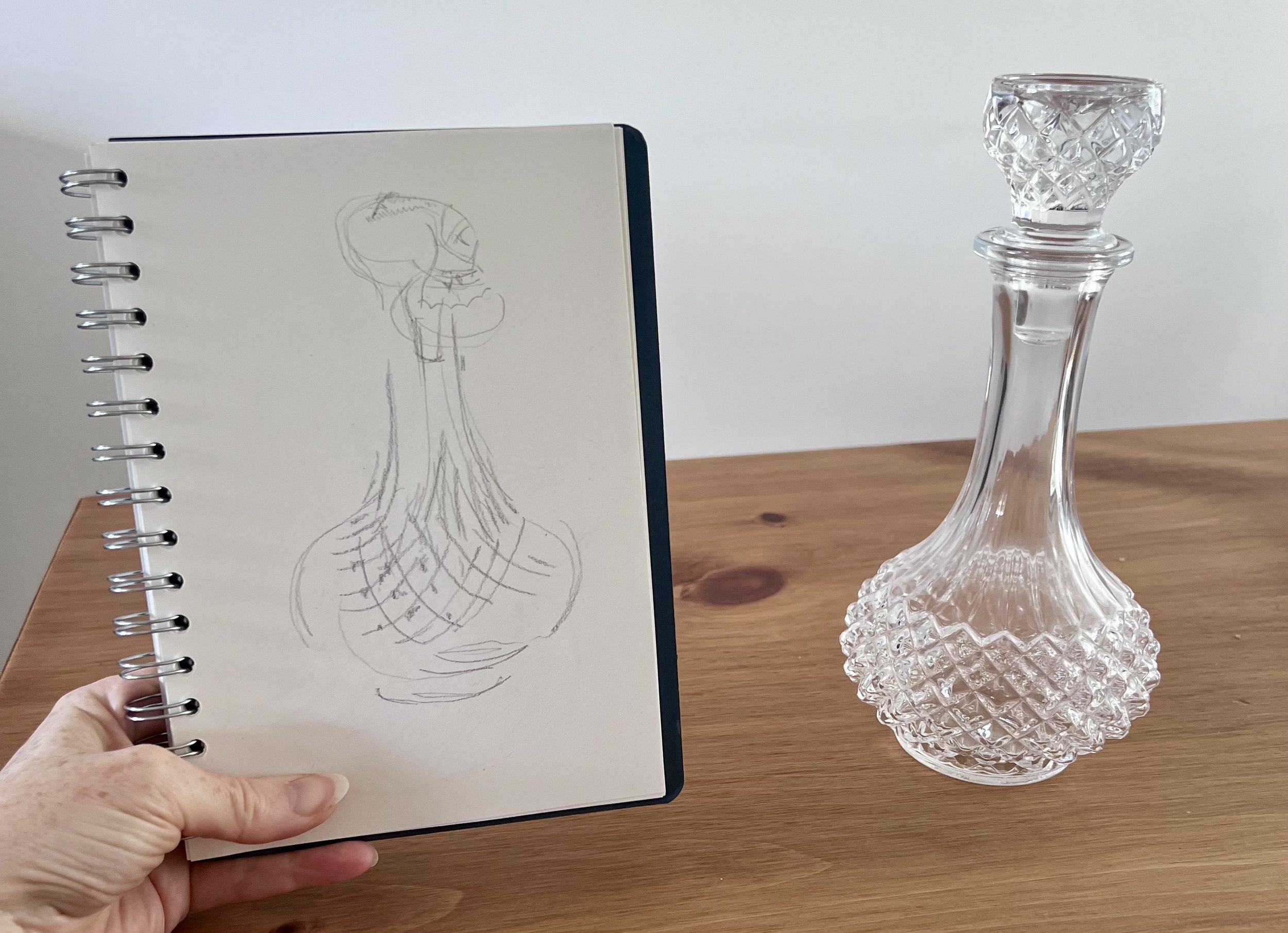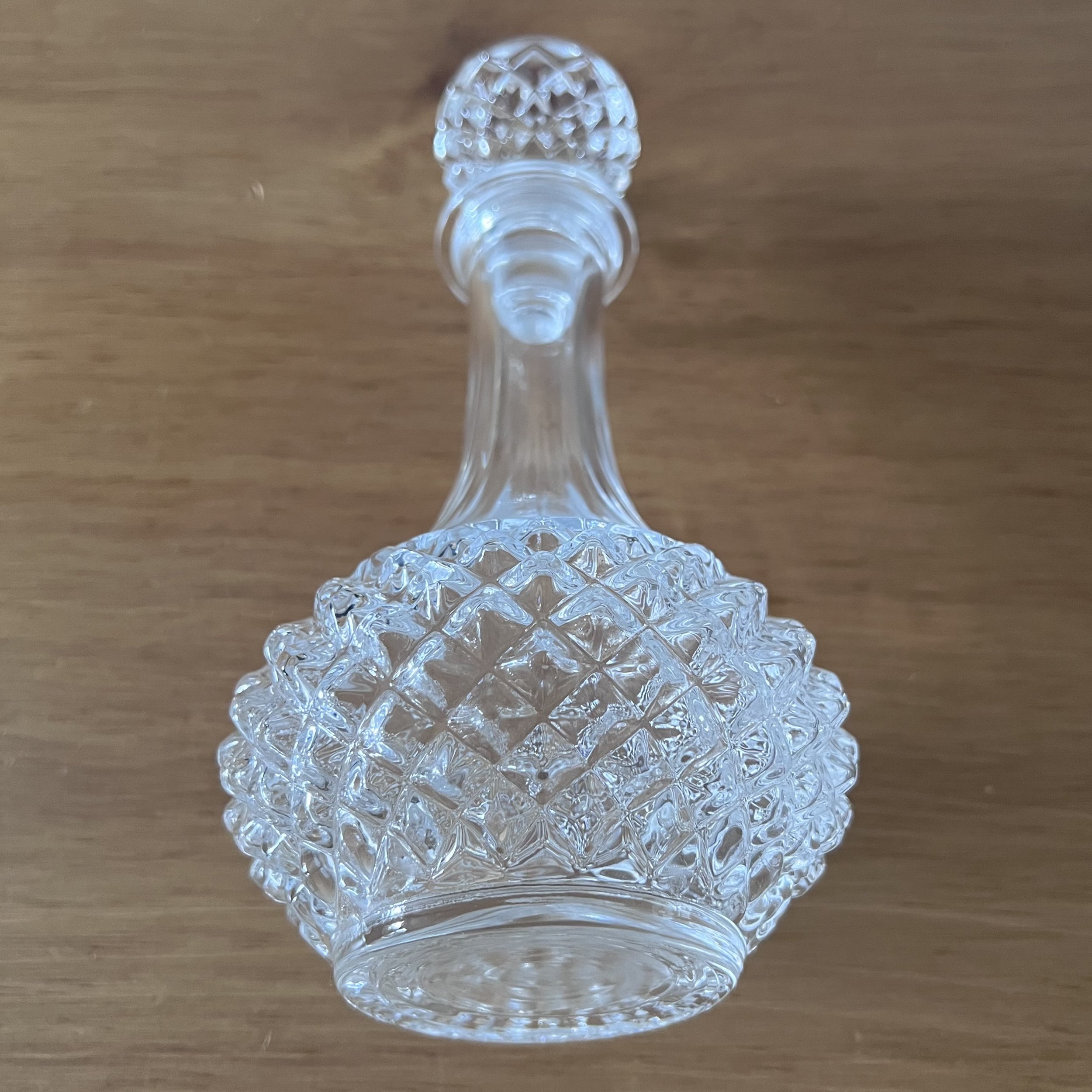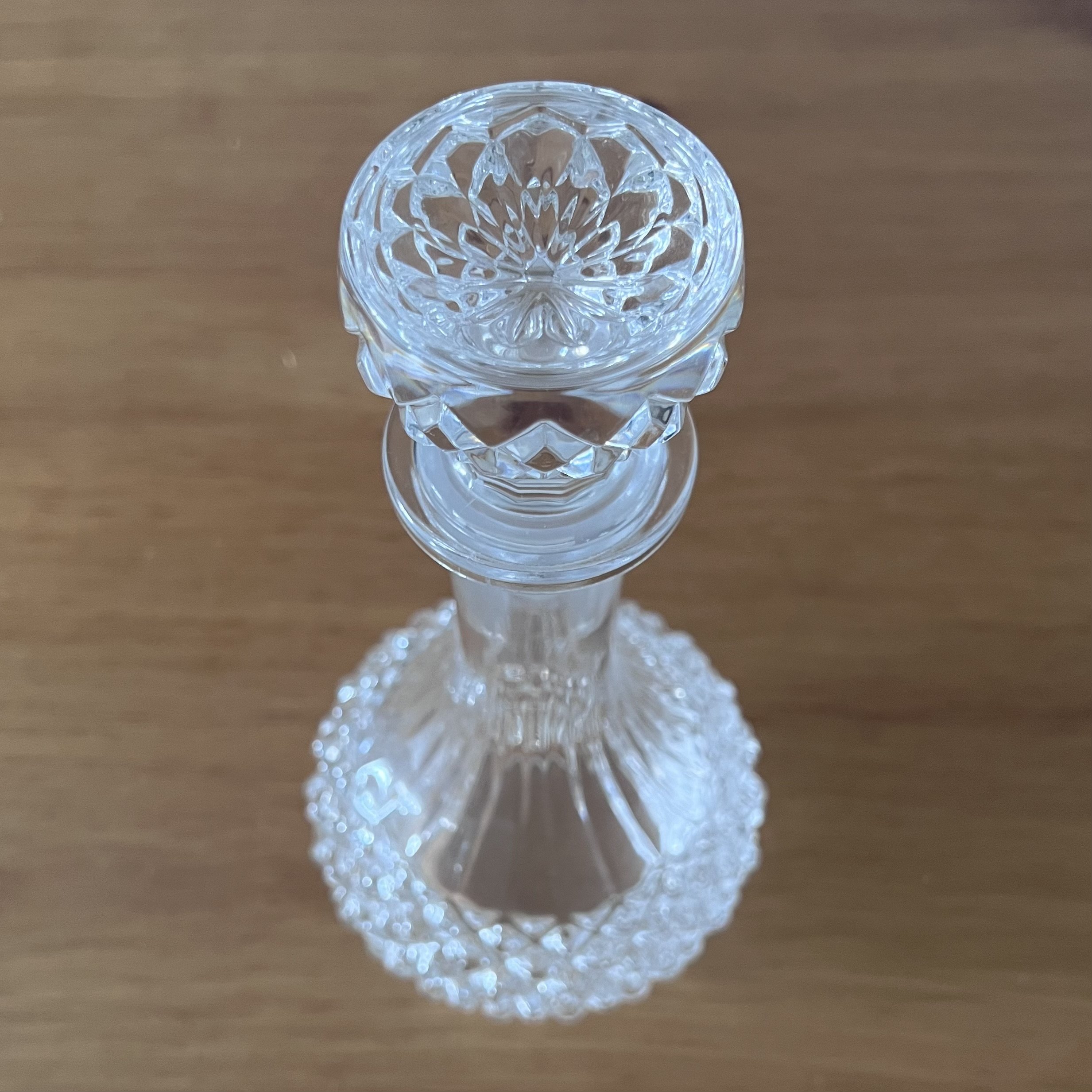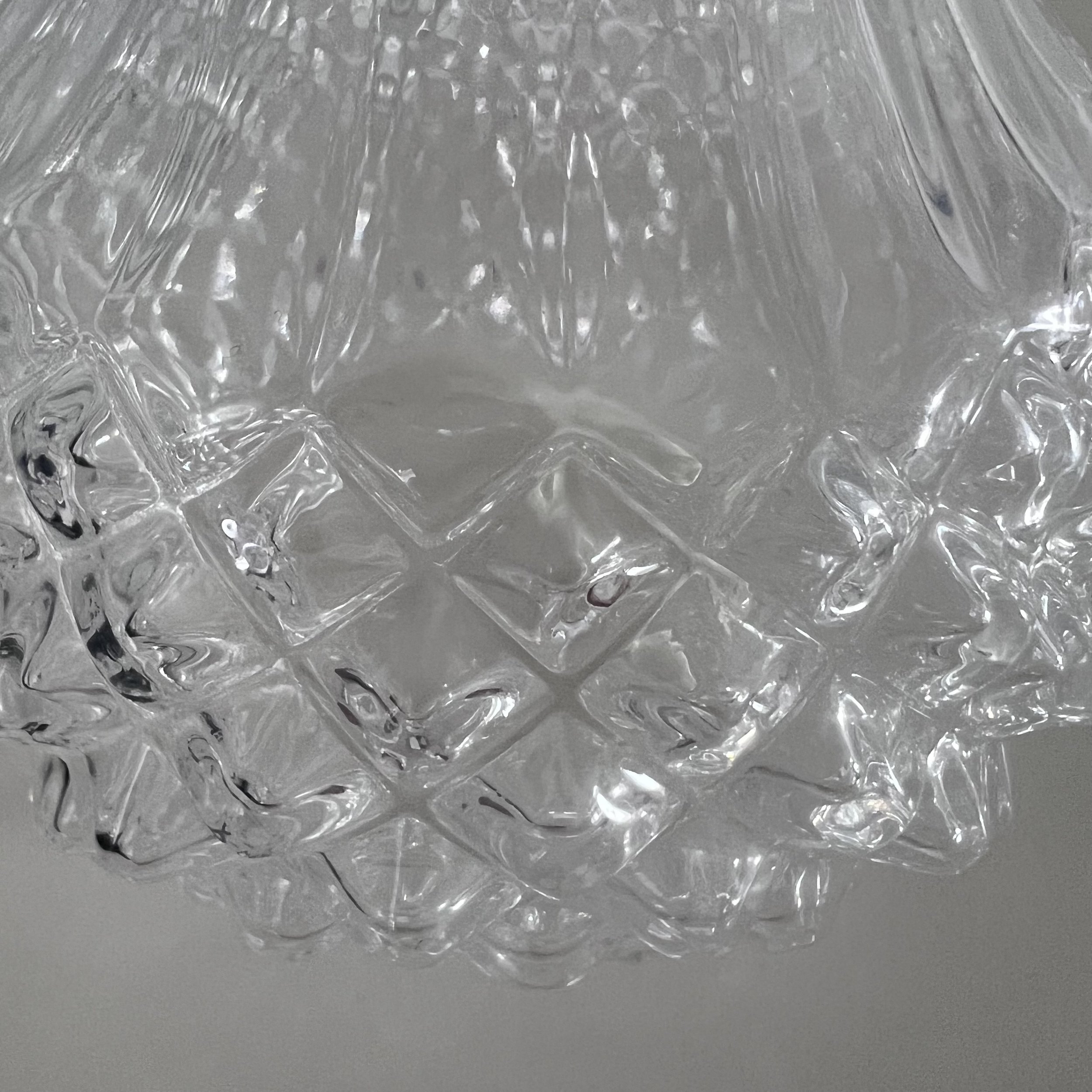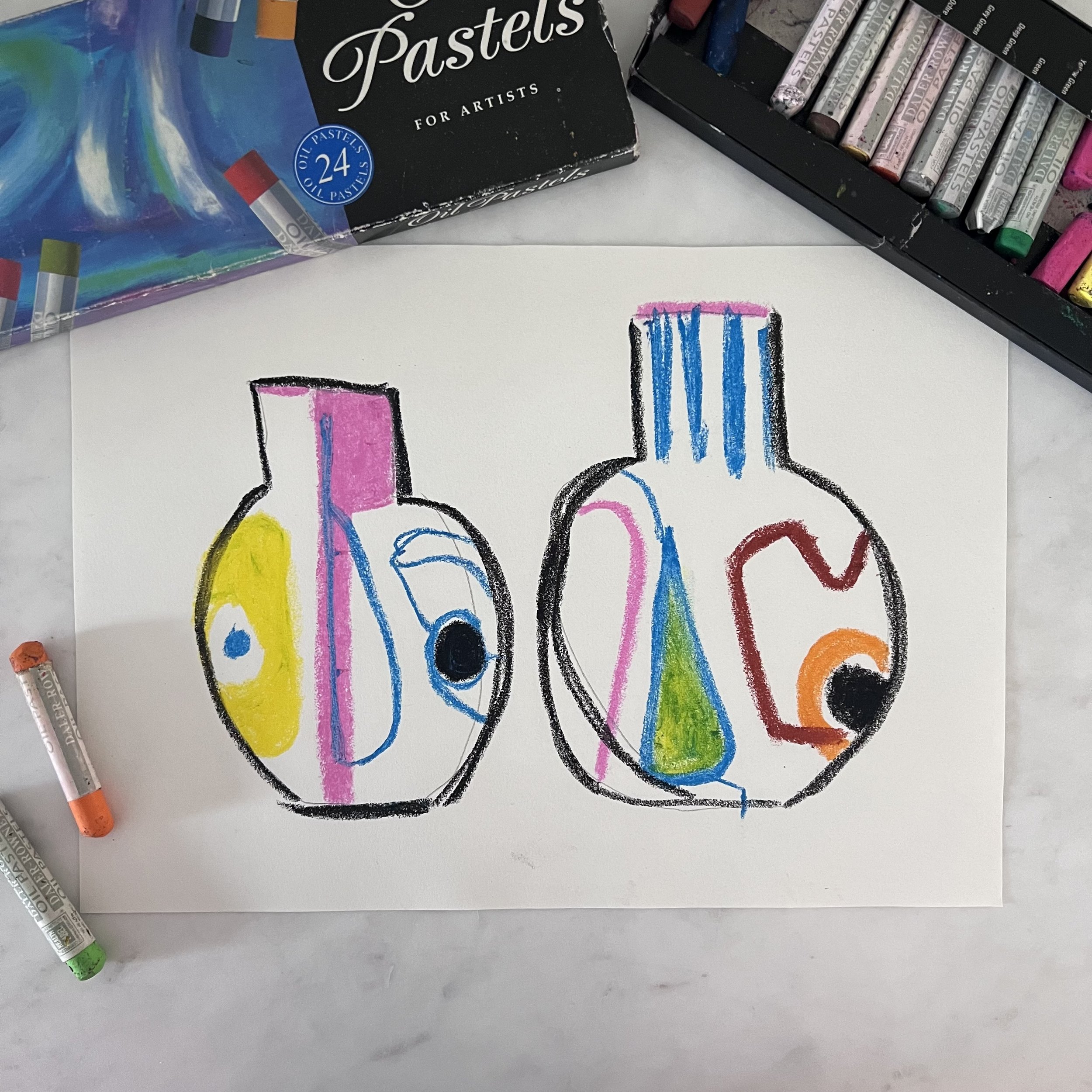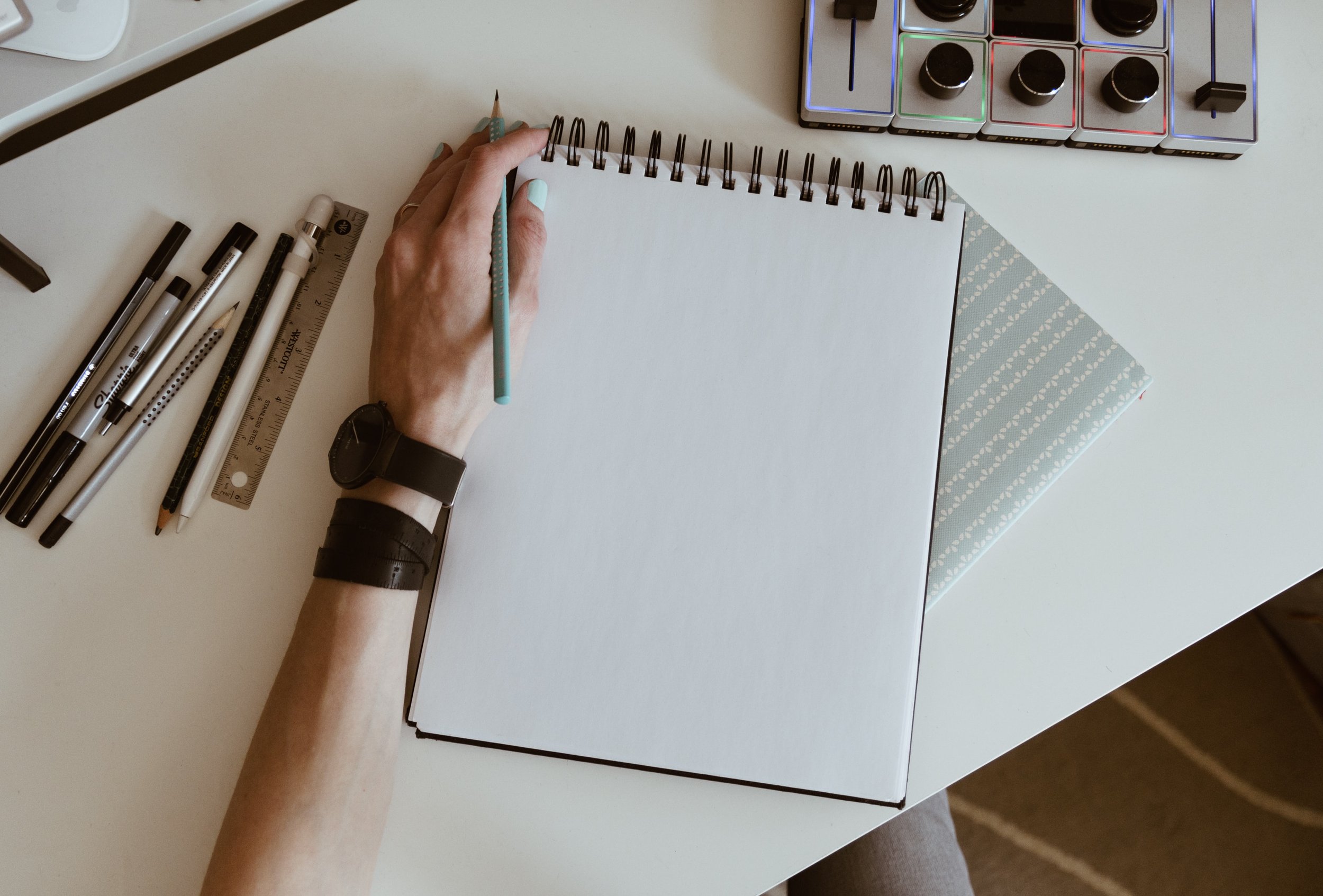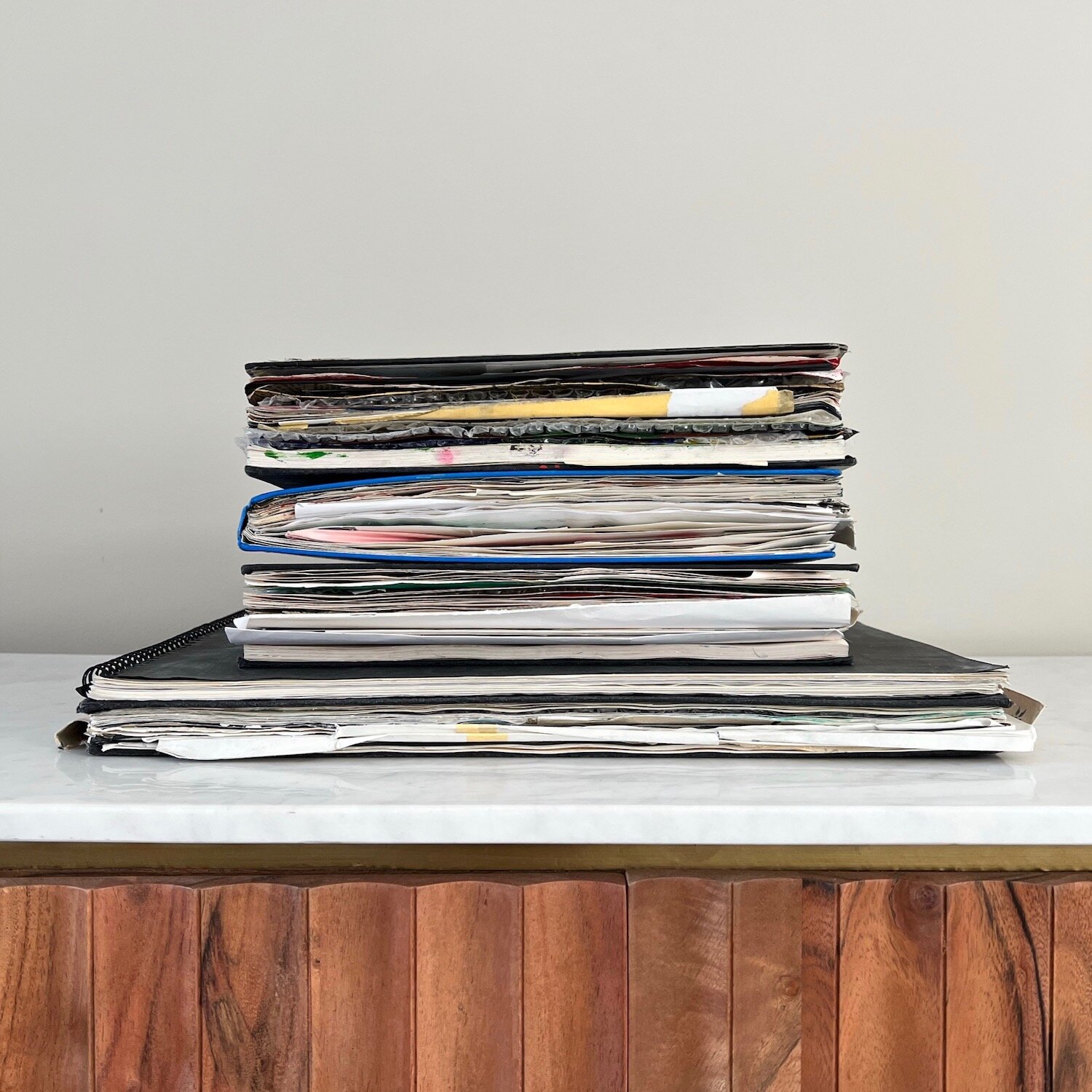How do I find inspiration for my drawings?
Are you looking for an easy way to spark your creativity and find drawing ideas that are both enjoyable and accessible? Look no further! In this blog post, we will explore a range of techniques and strategies to show you how to find inspiration for your drawings and artwork.
From observing real life scenes to experimenting with a different styles and materials, I will guide you through the process of finding simple and exciting drawing ideas that will inspire your artistic journey. Whether you're a beginner or an experienced artist seeking fresh inspiration, this guide will provide you with valuable insights into generating good drawing ideas while having a lot of fun along the way.
Table of Contents
1. Harness the Power of Social Media
2. Read Art Books and Reference Materials
3. Drawing Inspiration from Your Everyday Surroundings
4. Drawing Wisdom from Blog Posts and Podcasts
5. Visit Museums and Galleries
6. Undertake Drawing Prompts and Challenges
7. Reflect on Personal Experiences
9. Unleashing Creativity with Exercises and Games
11. Unleashing Imagination with Mythical Creatures
12. Embracing Abstract and Surreal Concepts
13. Experimenting with Materials and Mediums
14. Embracing Mistakes and Experimentation
15. Seeking Inspiration Beyond Drawing
16. Incorporating Breaks and Self-Reflection
1. Harness the Power of Social Media
In today’s digital age, social media platforms have become an invaluable resource for artists seeking inspiration and creative stimulation. Platforms like Instagram and Pinterest offer a vibrant and ever-expanding community of artists who willingly share their work, engage in creative conversations, and provide a continuous stream of fresh and exciting drawing ideas.
Harnessing the power of social media can be an effective and easy way to broaden your artistic horizons and find new avenues for inspiration. Here’s how you can make the most of these platforms to come up with more inspirational drawing ideas.
Explore Artistic Communities: Social media platforms are teeming with diverse artistic communities, each with its own unique style and perspective. Take the time to discover and follow artists whose work resonates with you. For example, printmakers, ceramicists, abstract artists or illustrators
Follow Artistic Hashtags: Hashtags are a powerful tool for discovering specific themes, a different style, or subjects on social media platforms.
Engage with Artists and their Work: Don’t be afraid to reach out and engage with artists whose work you admire. Leave thoughtful comments on their posts, ask for advice or feedback, and show genuine appreciation for their artistic endeavours.
Participate in Art Challenges and Prompts: Social media platforms frequently host art challenges and prompts that encourage artists to create within specific themes or constraints. Participating in these challenges not only pushes your creative boundaries but also exposes you to a broader range of easy drawing ideas and drawing techniques.
2. Read Art Books and Reference Materials
Another fantastic avenue for finding simple drawing inspiration: good old-fashioned art books and reference materials.
There’s something special about flipping through the pages of a beautifully printed book or studying detailed photographs that can ignite your creativity and open up a world of possibilities. Possible sources that can help you discover new subjects, different styles, and techniques include:
Art Books: Your Gateway to Artistic Marvels - Art books are like treasure troves waiting to be unlocked. They encompass a wide range of topics, from specific artists and art movements to various art techniques and historical periods.
Photography as a Visual Stimulus - Photography is a powerful medium that captures the beauty of the world around us. It can serve as an abundant source of drawing inspiration, offering glimpses of landscapes, ocean waves, people, objects, and moments frozen in time. Leafing through photography books, magazines, or even exploring online galleries can expose you to captivating imagery that sparks your imagination.
Reference Materials - When you want to master the intricate details of a subject or improve your technical skills, reference materials are your secret sauce. They can be anything from anatomy textbooks and wildlife guides to architectural blueprints and still-life setups. These materials provide valuable references for capturing accurate proportions, understanding form and structure, or exploring intricate textures.
Art books and reference materials offer a vast array of artistic styles and drawing techniques for you to explore. From traditional oil painting to experimental mixed media, there's a world of possibilities waiting for you.
3. Drawing Inspiration from Your Everyday Surroundings
Drawing inspiration doesn’t always have to come from grand or extraordinary sources. In fact, there is immense beauty to be found in the everyday moments and objects that surround us.
By cultivating an observant eye and learning to appreciate the small details, you can tap into a rich source of inspiration that is accessible at any time.
Let’s explore how you can find inspiration in the ordinary and capture the essence of real-life objects, scenes, and people.
Cultivate Awareness and Observation: Slow down and take notice of your surroundings. Pay attention to the colours, different shapes, textures, and patterns that make up your environment. Observe the way a light source falls on objects, the way people interact with their surroundings, or the emotions evoked by a particular scene.
Embrace Mundane Objects: Don’t underestimate the potential for inspiration that lies in mundane objects. Everyday items like utensils, household items, or even a simple flower vase can be transformed into captivating subjects for your drawings. Look for interesting angles, play with composition, and experiment with different perspectives to bring out the unique beauty in these ordinary subjects.
Capture Moments: Life is filled with fleeting moments and emotions that can serve as powerful sources of inspiration. Observe people going about their daily routines, interacting with one another, or lost in their thoughts.
Explore Nature’s Wonders: Nature is a boundless source of inspiration, offering an array of colours, textures, and forms that are endlessly captivating. Take walks in the local park or in your own garden (if you have one) to immerse yourself in the beauty of nature. Study the intricate patterns on leaves or the delicate petals of flowers. By observing and capturing these elements in your drawings, you can bring a sense of serenity and harmony to your new artwork.
Document Your Personal Journey: Your own experiences and personal journey can be a source of inspiration. Document the places you visit, the people you meet, and the experiences that shape your life. Use your drawings as a visual diary, capturing moments that are meaningful to you. It could be a city skyline from your travels, a portrait drawing of a loved one, or even a depiction of a significant event. Infusing your drawings with your personal story adds depth and authenticity to your work.
By finding beauty in the everyday, you’ll never run out of inspiration. Open your eyes to the world around you, appreciate the details, and let your drawings reflect the richness and diversity of everyday life. Embrace the ordinary, seek out the extraordinary within it, and watch as your art comes alive with a touch of authenticity and relatability.
4. Drawing Wisdom from Blog Posts and Podcasts
In the vast realm of the internet, blogs, podcasts, websites and YouTube have emerged as valuable resources for artists seeking guidance, inspiration, and practical tips.
These online platforms offer a wealth of knowledge, insights, and step-by-step guides that can ignite your creative spark and propel your artistic journey forward. Here is how they can help you find inspiration:
Seek Insights: Art blogs provide a unique platform for artists to share their experiences, perspectives, and creative processes. They often offer insights into the artistic mindset, techniques, and approaches. By reading blog posts written by fellow artists, you gain a glimpse into their creative journeys, challenges they’ve faced, and the solutions they’ve discovered. Such personal accounts can be incredibly inspiring, reminding you that you’re not alone in your artistic pursuits and that there is wisdom to be gleaned from others’ experiences.
Step-by-Step Guides and Tutorials: Many art blogs feature step-by-step guides and tutorials that break down complex techniques into manageable steps. These resources can be invaluable, especially if you’re looking to learn a new skill or improve upon existing ones. Whether it’s mastering shading, exploring different brushwork techniques, or experimenting with mixed media, following a well-crafted tutorial can provide you with the guidance and structure needed to develop your skills.
Listen to inspiring podcasts: There are so many wonderful art-focused podcasts available now, you are sure to find one that resonates with you and your art practice. I often listen to podcasts while I am creating artwork, but if that would not work for you, listen on a walk or in the car. It can be a wonderful source of inspiration and guidance. Some recommendations include:
Art2Life with Nicholas Wilton
Out of Ink with Anxious Artists Bea & Molly
Creative Pep Talk with Andy J. Pizza
Engage with the Artistic Community: Some art blogs have interactive features, such as comment sections or online forums, where you can engage with the artistic community. Take advantage of these platforms to ask questions, share your own experiences, and seek feedback on your work. Engaging with fellow artists fosters a sense of community, enables knowledge-sharing, and provides opportunities for constructive critique.
Curate Your Own Online Resources: As you explore various art blogs, tutorials, and online resources, don’t forget to organise your own collection of favourites. Bookmark blog posts, save tutorials, or create a digital or physical list of the articles and resources that resonate with you. This personalised collection will serve as a go-to reference whenever you need a dose of inspiration, a refresher on a particular drawing technique, or a creative boost during moments of artistic block.
Drawing wisdom from blog posts is like having a virtual mentor at your fingertips. By delving into the insights, tutorials, and prompts provided by the online artistic community, you can fuel your creativity, sharpen your skills, and discover new artistic possibilities.
5. Visit Museums and Galleries
Museums and galleries have long been revered as hallowed grounds for artistic inspiration, housing a vast collection of masterpieces that span centuries and artistic movements.
Immersing yourself in these cultural institutions allows you to admire the works of renowned artists, experience different artistic styles firsthand, and gain fresh perspectives that can ignite your own creative journey.
Here is how you can get the most out of your visit to an art museum or gallery.
Admiring Masterpieces: Museums and galleries provide a unique opportunity to stand before iconic masterpieces and witness their magnificence in person. The sheer presence and scale of these works can be awe-inspiring, evoking a range of emotions and leaving a lasting impact. Allow yourself to be absorbed by the details, textures, and techniques utilised in these masterpieces, and let them inspire your own approach to drawing.
Experiencing Artistic Diversity: One of the remarkable aspects of a good museum and gallery is the opportunity to encounter diverse artistic styles and movements. From classical realism to abstract expressionism, each artistic style offers a unique visual language and perspective. By immersing yourself in this wide range of artistic diversity, you expand your visual vocabulary and expose yourself to new ways of seeing and interpreting the world. Allow the different styles and drawing techniques to broaden your artistic horizons and spark innovative ideas for your own drawings.
Gaining Fresh Perspectives: Visiting museums and galleries presents an excellent opportunity to step outside your artistic comfort zone and experience art that challenges your preconceived notions. Look beyond your personal preferences and seek to understand the intentions and messages behind the pieces. This process of encountering diverse perspectives can inspire you to question your own artistic choices, experiment with unconventional approaches, and infuse your drawings with newfound depth and meaning.
Seeking Inspiration in Exhibition Themes: Museums and galleries often curate exhibitions around specific themes or concepts. These thematic exhibitions provide a cohesive narrative that links different artworks, offering a fresh lens through which to view and interpret them. Drawing inspiration from these thematic exhibitions can fuel your creativity and help you approach your own drawings with a more intentional and conceptual mindset.
Engaging with Artistic Community Events: Beyond the exhibitions themselves, museums and galleries often host a range of community events, such as artist talks, workshops, or even life drawing sessions. These events provide opportunities to engage with the artistic community, learn from experts, and connect with like-minded individuals.
By actively experiencing and engaging with the art found within these cultural institutions, you will develop a deeper appreciation for artistic expression and find inspiration that will enrich your own drawings.
6. Undertake Drawing Prompts and Challenges
When it comes to finding inspiration for your next masterpiece, drawing prompts and challenges can be invaluable tools.
These creative exercises provide specific themes, subjects, or constraints that push you out of your comfort zone and spark new creative ideas. So, let's explore how these prompts and challenges can help you find inspiration and create your next captivating drawing.
Embracing Specific Themes and Subjects: Drawing prompts often revolve around specific themes, subjects or concepts. These themes can be broad and open-ended, such as “nature”, “dreams”, or “transformation”, or they can be more specific, like “nostalgic objects” or “urban landscapes”. By embracing these themes, you are given a starting point that focuses your creative energy and guides your artistic choices.
Pushing Artistic Constraints: Constraints can be powerful catalysts for creativity. Drawing challenges often come with specific constraints, such as limited colour palettes, time limits, or even the use of unconventional materials. These constraints force you to think outside the box and find innovative solutions. They encourage you to experiment with new techniques, adapt your artistic process, and discover unique approaches to achieving your desired results.
Drawing prompts and challenges can serve as creative springboards, propelling you towards new artistic heights. They ignite your imagination and push your artistic boundaries.
7. Reflect on Personal Experiences
One of the richest sources of inspiration lies within your own real life experiences, memories, and emotions. Drawing from your personal journey allows you to infuse your artwork with authenticity, depth, and a unique perspective.
By drawing on your personal experiences, you can create new artwork that resonates deeply with both yourself and your audience. Let's explore how you can tap into your memories, emotions, and real life events to create deeply personal and meaningful artwork.
Reflecting on Significant Moments: Take time to reflect on significant moments from your past. These moments can be joyful, challenging, transformative, or even bittersweet. They may include milestones, personal achievements, travel experiences, or encounters with important individuals in your real life. By tapping into these experiences, you can draw inspiration from the unique narratives they hold and translate them into powerful visual expressions.
Exploring Emotions and Feelings: Emotions are a powerful driving force for artistic expression. Allow yourself to explore the wide range of emotions you have experienced throughout your life - love, sadness, joy, anger, or nostalgia. Use colour palettes, brush strokes, or composition to evoke specific feelings within your new artwork.
Finding Healing and Self-Expression: Creating art based on personal experiences can be a cathartic and healing process. It allows you to explore and process complex emotions, find solace in self-expression, and gain a deeper understanding of yourself. Embrace the therapeutic nature of art as you delve into your personal experiences and channel them onto the canvas or paper. By transforming your emotions and memories into tangible visual forms, you not only create meaningful artwork but also embark on a journey of self-discovery and growth.
Mining your personal experiences for artistic inspiration empowers you to create artwork that is uniquely yours. Through introspection, emotional exploration, and storytelling, you can infuse your drawings with authenticity, depth, and relatability. Embrace the power of your own life journey, and let it guide you towards creating deeply personal and meaningful artwork that speaks volumes to both yourself and your audience.
8. Exploring Popular Themes
When it comes to finding drawing ideas, exploring popular themes can be a great starting point.
Subjects like a portrait, landscape, ocean waves and seascapes, or a city skyline, have long captivated artists and audiences alike. While these themes may seem familiar, the key lies in infusing them with your own unique style, perspective, and creative voice. In this section, we'll delve into the art of drawing popular subjects and how you can make them distinctly yours.
Portraits: Portrait drawing has been a beloved subject in art for centuries. A portrait sketch can capture the essence of a person, their emotions, and their character. It is both a challenge and an opportunity for artistic expression. Try a self portrait or portrait of someone you know or from a picture. Rather than simply recreating a likeness, focus on portraying the individual’s unique qualities. The human body as a whole can provide a lot of scope for inspiration, through the representation of features and exploration of different elements of the body.
Landscapes: The beauty of nature has inspired countless artists throughout history. When drawing landscapes, go beyond a mere representation of the scenery and aim to capture the mood, atmosphere, and emotional impact it evokes in you.
City Skylines: City skylines offer a dynamic and vibrant subject matter that merges architecture, human activity, and the energy of urban life. When drawing cityscapes, consider the unique characteristics and landmarks that define a particular city. Experiment with perspectives, incorporate elements of movement and energy, and explore the interplay of light and shadows on the cityscape.
Pop Culture References: Embracing Pop culture references offer a wealth of inspiration for sketching ideas, from iconic figures to beloved characters from movies, books, or television shows. However, instead of merely replicating existing imagery, consider how you can reinterpret and reimagine these references through your artistic lens. Experiment with mixing different styles, incorporating symbolism, or unexpected elements.
Exploring popular themes provides a solid foundation for finding drawing ideas. However, the true magic lies in infusing your unique style and perspective into these subjects.
9. Unleashing Creativity with Exercises and Games
Another easy way to ignite your creativity or overcome artist’s block is through engaging in creative exercises and games.
These activities not only challenge your artistic skills but also stimulate your imagination, helping you generate fresh and innovative and easy drawing ideas. In this section, I will explore some exercises and games that can unleash your creativity and bring a new level of excitement to your artistic practice.
Blind Contour Drawing: Blind contour drawing is a wonderful exercise to break free from preconceived notions and unleash your spontaneous creativity. The idea is to draw an object or subject without looking at your paper, focusing solely on the lines and contours of the subject with your eyes. This exercise forces you to let go of perfectionism and embrace imperfections, resulting in unique and expressive drawings. The process of blind contour drawing encourages you to observe closely and trust your instincts, leading to surprising and unconventional outcomes that can inspire new and unusual drawing ideas.
Combining Different Objects: Another easy way to spark fresh drawing ideas is by combining unrelated objects and drawing them together in a single composition. Choose two or more objects from your surroundings, whether they are everyday items or random objects, and experiment with combining them in unexpected ways. This exercise encourages you to think outside the box and find connections between disparate elements.
Collaborative Art Games: Collaborative art games can be a lot of fun and an inspiring way to tap into the creativity of others while expanding your own artistic horizons. Engage in art games such as Exquisite Corpse, where each participant contributes a portion of a drawing without seeing the others’ contributions, or play the Surrealist-inspired “What if?” game, where you challenge yourself and others to imagine and illustrate unconventional scenarios. These games stimulate your imagination, encourage improvisation, and foster shared creativity, resulting in artwork that transcends individual perspectives and opens doors to new and interesting ideas.
By embracing these exercises and games, you can unleash your creativity, discover unexpected connections, and generate a wealth of new drawing ideas.
10. Perspectives and Angles
One of the keys to creating compelling and unique drawings is exploring different angles and perspectives.
By deviating from the ordinary and approaching everyday objects with a fresh outlook, you can transform them into captivating subjects that inspire awe and intrigue. In this section, we'll delve into the art of experimenting with perspectives and angles to depict ordinary objects in exciting and unexpected ways.
Bird's-eye View: A bird's-eye view offers a unique perspective that allows you to see objects from above, as if you were a bird flying high in the sky. This viewpoint provides a fresh take on familiar scenes and objects, revealing patterns, different shapes, relationships, and spatial arrangements that may go unnoticed from ground level.
Worm's-eye View: In contrast to the bird's-eye view, a worm's-eye view involves depicting objects or scenes from a low vantage point, as if you were looking up from the ground. This perspective creates a sense of grandeur and drama, making everyday objects appear larger than life.
Close-up Perspectives: Zooming in on the intricate details of everyday objects can unveil a world of captivating textures, patterns, and nuances that often go unnoticed. By focusing on a specific section or element, you can bring attention to the beauty and intricacy of even the simplest objects.
Unconventional Angles: Drawing objects from unconventional angles can infuse your new artwork with a sense of intrigue and novelty. Instead of drawing an object from its typical viewpoint, challenge yourself to explore unique angles that offer a fresh and unexpected perspective. This might involve capturing objects from unusual side angles, from below or above, or even incorporating dramatic foreshortening.
Experimenting with perspectives and angles opens up a world of artistic possibilities, allowing you to depict everyday objects in exciting and unexpected ways.
11. Unleashing Imagination with Mythical Creatures
There’s something enchanting about the world of mythical creatures. From majestic dragons to graceful unicorns and captivating mermaids, these fantastical beings have captured our imagination for centuries.
Infusing your artwork with the magic and wonder of mythical creatures can transport viewers to a realm of fantasy and ignite their sense of wonder.
In this section, I will explore how you can unleash your imagination and bring these extraordinary beings to life in your drawings.
Research and Study: To create convincing and compelling drawings of mythical creatures, it’s essential to delve into the rich tapestry of myths and legends that surround them. Take the time to research and study the lore, symbolism, and characteristics associated with different mythical creatures. Understanding their origins, powers, and roles in various cultures will provide a solid foundation for your artwork. Additionally, exploring artwork and interpretations by other artists can inspire your own unique visions.
Imaginative Hybridisation: One of the joys of drawing mythical creatures is the opportunity to let your imagination run wild. Feel free to combine different elements and traits from various creatures to create your own unique beings. Perhaps you envision a creature with the wings of a phoenix, the body of a lion, and the tail of a serpent. Experiment with different combinations and explore how these hybrid creatures interact with their environments and other characters.
Expressive Poses and Gestures: When drawing mythical creatures, pay close attention to their poses and gestures. These elements can communicate their personality, mood, and energy. A soaring dragon with outstretched wings exudes power and majesty, while a playful unicorn prancing through a meadow evokes a sense of joy and grace. Experiment with different poses and consider the narrative you want to convey through your creature’s body language.
Captivating Environments: Mythical creatures often inhabit fantastical and otherworldly environments. When drawing them, don't forget to create captivating settings that complement and enhance their presence. Consider how the surroundings interact with your creature, and let your imagination soar as you design intricate details and breathtaking landscapes that transport viewers into the realm of fantasy.
Drawing mythical creatures offers a gateway to a world filled with magic, wonder, and boundless imagination.
12. Embracing Abstract and Surreal Concepts
In the realm of art, abstract and surrealistic approaches offer a boundless playground for your imagination.
By venturing into these artistic territories, you can create thought-provoking and visually captivating pieces that challenge conventional perceptions and open doors to new realms of creativity.
Embracing Abstraction: Abstract art is all about breaking free from representational forms and embracing the power of pure visual expression. In this approach, the focus shifts from depicting recognisable objects or scenes to exploring different shapes, colours, lines, and textures as the main elements of your artwork. By experimenting with abstract concepts, you can tap into your emotions, thoughts, and experiences, allowing your creativity to flow freely.
Surrealistic Visions: Surrealism invites you to blend reality with dreams, unleashing the uncanny and extraordinary within your artwork. It’s a realm where imagination reigns supreme, and unexpected juxtapositions and transformations become the norm. Allow your subconscious to guide you, merging unrelated elements and exploring symbolic imagery to create a sense of mystery and intrigue.
Invoking Emotions and Thoughts: Abstract and surreal artwork often leaves room for viewer interpretation, inviting emotional and intellectual engagement. As you explore these concepts, consider how you want to evoke specific emotions or spark thought-provoking reactions in your audience. Whether it’s through the use of vibrant colours, suggestive shapes, or enigmatic symbolism, strive to create an experience that resonates with viewers on a deeper level. Encourage them to bring their own perspectives and interpretations, fostering a dialogue between your artwork and its audience.
As you embrace abstract and surreal approaches, remember to free yourself from self-imposed limitations and explore a diverse range of techniques and materials. Allow your intuition and experimentation to guide you, and don’t be afraid to take risks and break new ground.
13. Experimenting with Materials and Mediums
Drawing is a versatile art form that allows you to explore various materials and mediums to bring your creative visions to life.
By experimenting with different drawing tools, you can unlock new possibilities, add depth and texture to your artwork, and elevate your drawing skills to new heights. In this section, we’ll delve into the world of materials and mediums, guiding you on a journey of exploration and discovery.
Coloured Pencils: Coloured pencils offer a world of possibilities for creating rich, vibrant, and detailed drawings. With a wide range of colours at your disposal, you can bring your subjects to life with remarkable realism or infuse them with a touch of fantasy. Layering colors and blending techniques can add depth and dimension to your artwork, while exploring different pressures and strokes allows you to control the intensity and texture of your drawings. Experiment with different brands and techniques to find the drawing pencil that best suits your style and desired effects.
Graphite Pencils: Graphite pencils are a staple in every artist’s toolkit, allowing you to create drawings with exceptional depth and detail. These versatile tools offer a range of grades, from soft to hard, enabling you to achieve a wide spectrum of tonal values and textures. With graphite pencils, you can explore shading techniques such as hatching, cross-hatching, and stippling to bring out the subtle nuances of light and shadow in your drawings.
Ink Pens: Ink pens, such as fine liners or technical pens, are renowned for their bold and expressive lines. These tools allow you to create crisp and clean drawings with intricate details and precise contours. With ink pens, you can explore various line weights, from delicate and fine to bold and thick, to add dynamic energy to your artwork. Additionally, experimenting with crosshatching, stippling, or even creating intricate patterns with ink can lend a unique texture and visual interest to your drawings.
Mixed Media: Why limit yourself to just one drawing tool when you can combine multiple mediums to create truly unique and captivating artwork? Mixed media allows you to explore the synergy between different materials, such as combining coloured pencils with ink, watercolor, or pastels. By merging different mediums, you can achieve remarkable textural effects, play with contrasting and different styles, and create visual depth that adds a new dimension to your artwork. Don’t be afraid to experiment and discover the magic that happens when you blend different mediums to bring your creative visions to life.
Each tool offers its own set of possibilities and techniques, allowing you to push the boundaries of your creativity and expand your artistic horizons.
14. Embracing Mistakes and Experimentation
In the world of art, mistakes and experimentation are not roadblocks but stepping stones to creative growth. By allowing yourself to make mistakes, learning from them, and embracing experimentation as an essential part of the creative process, you can unlock new possibilities, discover unique techniques, and push the boundaries of your artistic expression.
Redefining Mistakes: Mistakes are not failures, but rather valuable lessons on the path to artistic growth. When you allow yourself to make mistakes, you open doors to new discoveries and unexpected outcomes. Embrace the idea that mistakes are opportunities for learning and improvement. Instead of becoming discouraged, see mistakes as stepping stones that guide you towards new techniques, perspectives, and artistic breakthroughs. By reframing mistakes as valuable experiences, you can cultivate a mindset of curiosity and resilience, propelling your creativity to new heights.
Embracing Imperfections: In the pursuit of perfection, it’s easy to become overly critical of your artwork. However, embracing imperfections can actually add a layer of authenticity and charm to your creations. Embrace the idea that art is subjective, and what may appear as a mistake to you might be seen as a unique and captivating element by others. Allow yourself to embrace the spontaneity and unpredictability that comes with experimentation. Let go of rigid expectations and celebrate the beauty found in the imperfections, for they often become the defining characteristics that make your artwork truly one-of-a-kind.
Embracing the Unexpected: Some of the most captivating artworks have emerged from happy accidents and unexpected outcomes. Embrace the element of surprise and spontaneity in your creative process. Let go of rigid plans and embrace the flow of creativity. Allow yourself to follow new paths that unfold organically, even if they deviate from your original vision. By embracing the unexpected, you open yourself up to creative serendipity, where remarkable discoveries and fresh perspectives await.
By redefining mistakes as lessons, embracing imperfections, exploring new techniques, and embracing the unexpected, you tap into the limitless potential of your creativity.
15. Seeking Inspiration Beyond Drawing
Inspiration can be found in a multitude of art forms, such as music, literature, film, and more. By seeking inspiration beyond drawing and exploring diverse artistic expressions, you can infuse your artwork with new perspectives, influences, and dimensions. Try considering the following:
Literature: Literature is a treasure trove of interesting ideas, narratives, and symbolism waiting to be translated into visual form. Immerse yourself in books, poems, and stories, and let the words ignite your imagination. Extract themes, characters, or key passages and explore how they can be visually represented. Play with symbolism, metaphor, and allegory, infusing your artwork with the underlying layers of meaning found in literature.
Music: Music has a remarkable ability to evoke emotions, create imagery, and set the mood. Tap into the power of music to spark your creativity. Listen to different genres, melodies, and rhythms, and allow the sounds to inspire your artwork. Explore how the tempo, dynamics, and melodies can be translated into expressive and straight lines, different shapes, and colours on paper. Use music as a catalyst for visual storytelling, capturing the essence of a song or its emotional impact through your drawings. Let the harmonies guide your hand and infuse your artwork with the lyrical quality of sound.
Film: Film is a visual medium that offers a wealth of visual inspiration. Explore movies, documentaries, or even short film clips to discover captivating scenes, dynamic compositions, and breathtaking cinematography. Draw inspiration from the visual storytelling techniques employed in films and translate them into your artwork.
Dance and Performance Art: Movement and energy are integral components of dance and performance art. Attend dance performances, watch videos, or explore the world of performance art to witness the captivating interplay of bodies in motion. Observe the fluidity, gestures, and expressions of dancers and performers and translate them into your drawings. Explore how you can convey movement, rhythm, and the ephemeral nature of performance through your artwork. Let the energy of dance inspire dynamic compositions and expressive lines, capturing the essence of movement on paper.
Drawing ideas can be found in the vast landscape of art forms that extend beyond drawing itself. By seeking inspiration from music, literature, film, and other art forms, you expand your creative horizons and infuse your artwork with diverse perspectives and influences.
16. Incorporating Breaks and Self-Reflection
In the world of art, it’s essential to pause, recharge, and engage in self-reflection to fuel your creative energy and gain new perspectives on your artwork. Incorporating breaks into your creative process allows you to rejuvenate your mind, explore alternative paths, and ultimately enhance the quality of your artistic endeavors.
Recharging Creative Energy: Creating art requires focus, imagination, and emotional investment. However, continuous work without breaks can lead to mental and physical fatigue, diminishing your creative output. Incorporating regular breaks into your artistic practice is vital for recharging your creative energy. Step away from your artwork, engage in activities that relax and inspire you, such as taking a walk in nature, reading a book, or spending time with loved ones. Allow your mind to wander freely, unfettered by the constraints of your current project. By giving yourself permission to rest and revitalise, you’ll return to your art with renewed enthusiasm and fresh perspectives.
Self-Reflection: Self-reflection is a powerful tool for artists. It allows you to examine your artistic journey, evaluate your progress, and gain insights into your strengths, weaknesses, and aspirations. Set aside dedicated time for self-reflection, where you can contemplate your creative process, analyze the themes and messages in your artwork, and explore your artistic voice. Consider questions such as: What inspires me? What challenges do I face? How can I push my boundaries and grow as an artist? Engage in journaling, meditation, or open conversations with fellow artists to deepen your self-awareness and foster personal and artistic growth.
Gaining New Perspectives: Sometimes, taking a step back from your artwork allows you to see it from a fresh perspective. During breaks, detach yourself from the details and immerse yourself in other experiences. Explore museums, galleries, or cultural events to expose yourself to different artistic styles and voices. Engage in conversations with fellow artists or seek feedback from trusted sources to gain alternative viewpoints on your work. By opening yourself up to diverse perspectives, you expand your artistic horizons, challenge preconceived notions, and infuse your artwork with new and interesting ideas and approaches.
Embracing the Process: Artistic growth is a journey that requires patience and trust in the creative process. Understand that breaks and self-reflection are not indicators of failure or stagnation but rather essential components of your artistic development. Embrace the ebb and flow of creativity, allowing yourself the space to pause, reflect, and evolve. Trust that the insights gained during breaks will inform and enrich your future artistic endeavours. Breaks allow you to cultivate a balanced and sustainable approach to your art, fostering longevity and continuous artistic growth.
Incorporating breaks and self-reflection into your artistic practice is a nurturing and transformative process. By taking time to recharge your creative energy, engage in self-reflection, and gain new perspectives, you foster a holistic approach to your art.
17. Collaborative Projects and Discussions
Art is not created in isolation but thrives in the rich tapestry of collaboration and community. Engaging in collaborative projects and joining art communities allows you to share ideas, receive feedback, and exchange inspiration with fellow artists. Through these interactions, you can broaden your creative horizons, gain valuable insights, and nurture your artistic growth. In this section, we’ll explore the significance of collaborative projects and discussions in fostering a vibrant artistic community.
Collaborative Projects: Collaborative projects offer a unique opportunity to merge different perspectives, skills, and artistic voices. By working with other artists, you can combine your strengths, challenge one another, and create something truly extraordinary. Collaborations can take various forms, from joint artworks and exhibitions to collective projects and installations. Through these ventures, you not only expand your artistic repertoire but also learn invaluable lessons in communication, compromise, and teamwork.
Art Communities: Joining art communities connects you with like-minded individuals who share your passion for art. These communities provide a nurturing space for sharing ideas, receiving constructive feedback, and exchanging inspiration. Whether it’s joining local art groups, participating in online forums, or attending workshops and meetups, art communities offer a platform for growth, connection, and learning. Engage in discussions, critique sessions, and collaborative activities within these communities to expand your artistic perspective and deepen your understanding of various artistic practices.
Feedback and Critique: Receiving feedback and critique is an essential part of artistic growth. Engaging in discussions with fellow artists exposes you to diverse viewpoints and helps you refine your artistic vision. Constructive criticism can shed light on areas of improvement, challenge your artistic choices, and encourage you to push your boundaries. Embrace feedback as an opportunity for growth, allowing it to inform your creative process and inspire new directions. Likewise, offering thoughtful feedback to others fosters a culture of support and collaboration within the artistic community.
Collaborative projects and discussions are catalysts for artistic community and growth. By engaging in collaborative projects, joining art communities, seeking and offering feedback, and exploring cross-disciplinary collaborations, you tap into a source of shared knowledge, inspiration, and support.
My Final Thoughts: Finding Drawing Ideas
It may not always feel like it, but drawing ideas are abundant and within reach, waiting to be discovered and brought to life on paper. Throughout this article, we have explored various avenues for finding inspiration and generating unique drawing ideas. By harnessing the power of social media, tapping into art books and reference materials, finding beauty in everyday real life, drawing wisdom from blog posts, immersing in museums and galleries, participating in drawing prompts and challenges, mining personal experiences, and exploring everyday objects, you can unlock a world of creative possibilities.
The key to successful drawing ideas lies in infusing your unique style, perspective, and creative voice into popular themes. Whether it’s a portrait sketch, a landscape, a city skyline, or incorporating pop culture references, let your artistic choices and interpretations shine through. Embrace experimentation, explore different techniques, and be open to new artistic horizons. With good practice, dedication, and an open mind, you can nurture your creative juices and embark on a fulfilling artistic journey.
Remember, there are no limits to creativity. Each stroke of your pencil, brush, or digital tool is an opportunity for self-expression and growth. As you venture into the world of drawing, let the rich tapestry of drawing ideas guide you towards creating remarkable artwork that reflects your unique style and perspective.
Embrace the joy of drawing and never stop seeking inspiration in the world around you. Whether you find it in everyday objects, personal experiences, or the vastness of the art world, let your curiosity and passion fuel your creative endeavours. The journey of creativity is one filled with endless possibilities and personal growth.
So, armed with a list of potential drawing ideas and a burning passion for artistic expression, it’s time to explore, experiment, and watch as your artwork blossoms into a testament to your unique creative spirit.
Remember, the process of drawing is just as important as the end result. Enjoy the journey, embrace the challenges, and celebrate each creation as a stepping stone towards artistic excellence. Happy drawing!
If you have tried any of these tips, I’d love to hear how you got on. Please feel free to email me at sarahransomeart@gmail.com.
If you enjoyed this blog post, you might like…
BLOG TOPICS
- December 2024
- July 2024
- June 2024
- May 2024
- April 2024
- March 2024
- February 2024
- January 2024
- December 2023
- November 2023
- October 2023
- September 2023
- August 2023
- July 2023
- June 2023
- May 2023
- April 2023
- March 2023
- February 2023
- January 2023
- December 2022
- November 2022
- October 2022
- September 2022
- August 2022
- July 2022
- June 2022
- May 2022
- April 2022
- March 2022
- February 2022
- January 2022
- October 2021
- August 2021
- July 2021

